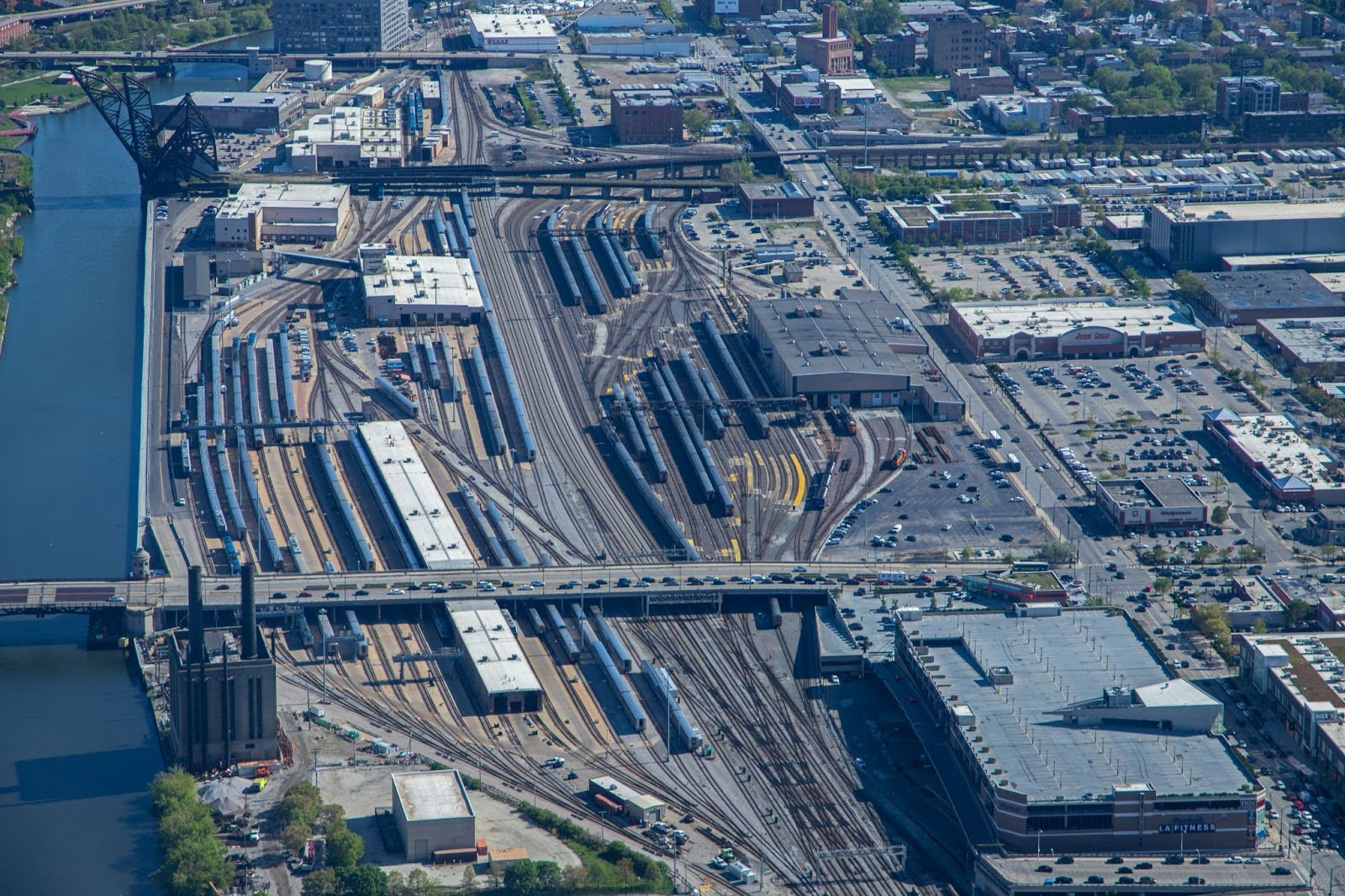Blue Economy
Blue Economy

Our Vision
BY 2030, ILLINOIS WILL BE HOME TO A THRIVING AND INCLUSIVE BLUE ECONOMY WHERE COLLABORATION CATALYZES ENVIRONMENTAL SOLUTIONS AND ECONOMIC GROWTH.
Upstream IL: Strategies to Boost Illinois’ Blue Economy is a blueprint for inclusive growth and innovation in the blue economy. It seeks to fundamentally reposition disadvantaged people and places, particularly communities of color, as drivers and beneficiaries of the enormous growth opportunities in the blue economy. Inclusive growth is achieved through ownership and entrepreneurship, employment, location and access, and participation in the blue economy.
Upstream IL is a strategy for Illinois and the Great Lakes, grounded in the Chicago region, to grow and sustain a globally significant inclusive blue economy. With the right strategies in place and the right leaders at the table, we can grow the businesses of tomorrow while shrinking opportunity gaps and centering jobs and opportunity around the people and places who have long been underrepresented and underserved.

defining the blue economy
IN the great lakes, the value of water, one of our most precious resources, is often hiding in plain sight. water fuels the lives and livelihoods of every resident in our region.
When we take it for granted, we miss key opportunities to leverage our globally significant water resources to create economic opportunity for the people and places in our region that need them most.
We can make Illinois the center of a globally significant inclusive blue economy that creates economic prosperity for all — leading the way for the nation. Realizing this potential requires sharpening our focus on water’s economic, political, and environmental value, as well as building innovative programs and cross-sector partnerships.
What is the Blue Economy?
The blue economy is the collection of companies that develop and provide technologies, products and services that manage the movement, quality and use of water – in addition to the inputs to make these products, supporting industries, and the customers that demand these products.


BLUE ECONOMY Strategies
Achieving the vision of an inclusive blue economy by 2030 requires city, state, and federal leaders to align around and invest in implementing the strategies identified below.
It needs leaders in water-using industries (including food and beverage, agriculture, manufacturing, energy, and health and life sciences) to recognize where water is hidden in their operations and supply chains and to be better stewards of the environment.
And finally, it requires research institutions, investors, and the broader entrepreneurship-supporting ecosystem to center water innovation as a business opportunity and solve challenging barriers to commercialization.
Upstream IL is a strategy for Illinois and the Great Lakes, grounded in the Chicago region, to grow and sustain a globally significant inclusive blue economy. With the right strategies in place and the right leaders at the table, we can grow the businesses of tomorrow while shrinking opportunity gaps and centering jobs and opportunity around the people and places who have long been underrepresented and underserved.
To promote growth of a strong Blue Economy, enable the continuous innovation and commercialization needed to bring research to market, and build the region as a competitive global center for water-related innovation and product development.
To accelerate market integration of new products with one another and with older systems, increase pathways to certification to different water standards, and to increase opportunities for entrepreneurs to develop and pilot products.
To reform labor market systems to be more skills-based, responsive and targeted, and designed with specific opportunities and challenges for women and people of color in mind.
To provide sophisticated business and finance support services to firms and entrepreneurs to enable them to scale-up their operations and grow into established companies.
To establish a hub for manufacturers capable of manufacturing water technologies and assist in strengthening regional supply chains in the water cluster.
Why Here?
In 2020, Illinois’ water cluster (companies that develop and provide technologies, products and services that manage the movement, quality and use of water) was a $16.7 billion industry supporting 186,000 jobs.
Illinois is third in the nation on developing sensor technology. Illinois’ blue economy, which more broadly encapsulates the inputs and end-users of the water cluster as well, employed nearly 1.5 million people — approximately 30% of all employment in the state.
Anchored by the Chicago region, Illinois needs to take advantage of this important moment in time by leveraging our world-class resources — research institutions, incubators and accelerators, headquarters companies, and the right concentration of growing manufacturing, engineering, and data industries — to make the region a home for water innovation that solves both local and global water challenges.
Our greatest asset is hiding in plain sight. Industries, governments and other partners must seize this singular opportunity to place Chicago, Illinois, and the Great Lakes region at the center of a climate transition and industrial transition. This blueprint will activate these assets and help build economic and environmental resilience in the Great Lakes region.